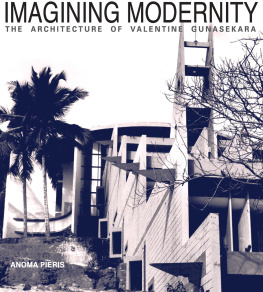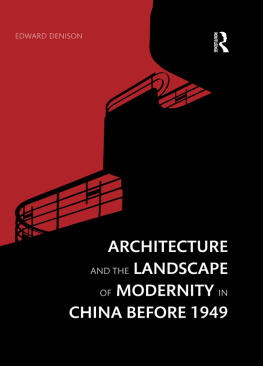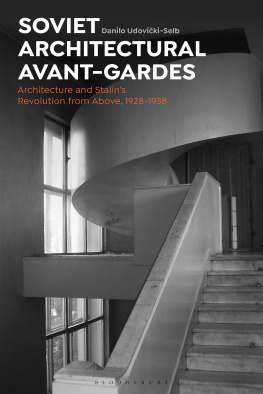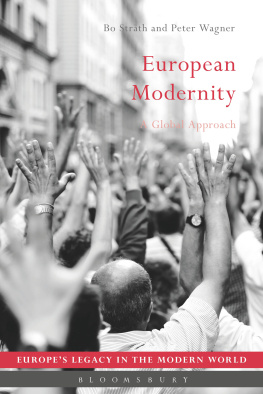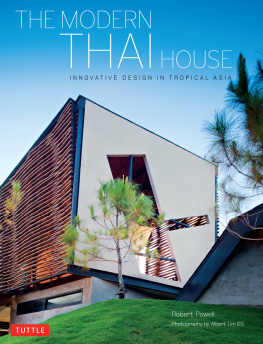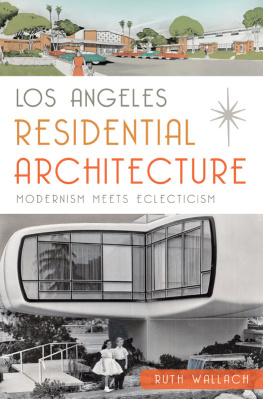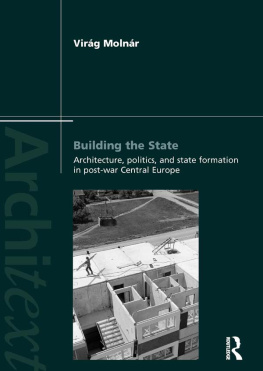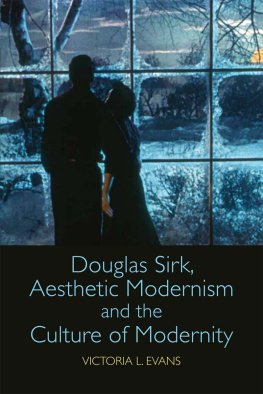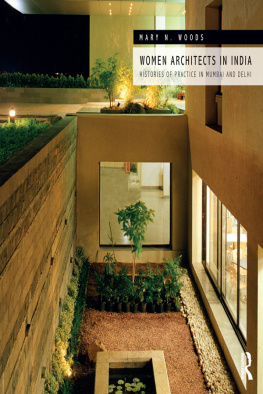

Contents

Foreword: a personal journey
It takes more than one story to tell the history of a nation. Writing a book about an architect at the margins places a great deal of trust on the open-mindedness of the reader. It asks students and architects to recognize the passion of a personal journey and give it its due, which has been a long time coming. This book is the product of many meetings and interviews with a number of people who gave generously of their time in supporting this project. It will be most appreciated among those architects who engage with social agendas and appreciate reflective and considered approaches to architecture. Many of the projects represented no longer exist in their original form. Too many have been pulled down or have been subject to alterations that have changed the original designs entirely. Many of the buildings have deteriorated due to poor maintenance.
My very special thanks go to Christopher de Saram for introducing me to the work of Gunasekara during an era when regionalism dominated both the practice and the educational curriculum. His interest in my project and the enthusiasm of my dear friend Michele, daughter of Michael Fonseka, contractor and friend of the architect, have brought this book to light. Raba and Suren Gunasekara, the sons of the architect, encouraged me to pursue this task, and Valentine and Ranee, their daughter Nashtaka, and granddaughter Nishanthi hosted my partner Athanasios and me repeatedly in their home at Bedford. Such warmth and kindness as they have shown me, their involvement in this project at every level, and the many meals we had together are cherished by us both.
This book is the outcome of many long conversations on cold winter evenings during which Valentine Gunasekara and I poured over his drawings and photographs. These were augmented by correspondence with the engineer Jayati Weerakoon and interviews with former employees and several former clients in their homes in Sri Lanka. Ismeth Raheem was helpful in providing information on the 1965 exhibition, and Delini Raheem on details of Gunasekaras practice. Hiranti Welendawe assisted in the production of drawings for the bibliography, which was carried out by her office staff Anurangi and Buddhini. Milinda Pathiraja, a postgraduate student at the University of Melbourne, drew the wonderful artwork included here. Ralston and Heather Bartholomeusz in Melbourne provided me with accounts of the office culture, and Berty Gunasekera supplied me with additional photographs. Anusha at Studio Times found photographs of the Tangalle Bay Hotel in the archives. My friends Varuna and Sumangala cast a critical eye over the layout and my friends and colleagues from Berkeley and Melbourne and on the web generously provided me with photographs from their personal archives. Atha, Nishanthi, Ayndri and April each at some point in time assisted with the grunt work of transcribing or scanning and printing images. Albert Dharmasiri and Ajith Jayamanne kindly undertook to layout the manuscript and Judy Pasqualge and Sita Pieris copy edited it. I am indebted to all those who supported me in this endeavour. To you, the reader, thank you for your faith in Valentine Gunasekara and your regard for his architectural contribution.
The arguments in the introduction have been raised in an essay titled The Search for Tropical Identities: A Critical History in a book co-authored by myself and Philip Goad. Portions of chapters 1, 3 and 6 have appeared previously in an essay titled Modernism at the Margins of the Vernacular: Considering Valentine Gunasekara The section on Public Works Department bungalows in chapter 4 has appeared in an essay titled The Trouser under the Cloth: Personal space in colonial-modern Ceylon. The discussion on the vernacular in chapters 5 and 6 has appeared in part in an essay titled Talking about the Courtyard.
The University of Melbourne awarded me an Early Career Research Grant which partially enabled the completion of this research. The copyright for the majority of the material included here rests with Valentine Gunasekara, who has kindly given me permission to reproduce it and with the University of Melbourne which paid for the drawing of the art work. Any other copyrights have been indicated.
The material in this book is not conclusive. There are, no doubt, many omissions for which I must apologize. It is over twenty years since Gunasekara gave up his practice in Sri Lanka. Much of this material has been gathered from his recollections during interviews conducted in the more recent past. Please forgive any errors in the spelling of Sri Lankan names or in compiling the lists of people and buildings, many of which were difficult to ascertain conclusively. The observations and arguments advanced in this book are mine, and I, as the author, take full responsibility for presenting them to you.
For me, the writing of this book has been an education humbly sought and an opportunity to learn architecture again through the life of an exceptional talent interwoven with threads of rationality, reflexivity, philosophy, self-doubt and emotion, as it should be.
Anoma Pieris
Melbourne 2007
Chapter One
Introduction: A Brave New World
The dystopian vision of a brave new world, scripted by a technology-driven environmental determinism, has irrevocably prejudiced us against the modernist project and along with it the experiments of the 1950s to 1970s. Modernism, the aesthetics of the European avant guard, is, in the postmodern architects view, an empty universal shell devoid of history and culture, a tool of top-down economic policies whether socialist or capitalist. Its monolithic forms cast deep shadows subjugating a diminished urban citizenry. It was a utopian project that somehow misfired. At the core of its problematic was a Eurocentric humanism, shaped by enlightenment ideology, reinforced by early twentieth-century colonialism and disseminated as an apolitical and universal value.
This book strives to recover a modernist legacy from under the heavy burden of its postmodern prejudices and focuses on the creative energies that were released in one of the most unusual moments in architectural history. Today, when a post-modern pantheon has readily appropriated modernism as one of its many stylistic agendas, such an exercise is both timely and unproblematic. A decade ago, when revisionist histories, regionalism and local identities were making a stand against the universal aesthetics of globalization, such an undertaking would have been politically inappropriate. The failure of nationalist projects in post-colonial contexts and the suspicion that regionalism was both divisive and vulnerable to global capital underwrite this early release of modernism from intellectual confinement. Ethnic conflicts and rising religious fundamentalism based on regionalist identities in Asia have provoked a re-evaluation of humanist values of human rights and social justice. In the post-colonial period where the ethics of the colonial encounter have been exposed to general scrutiny, a culture-specific home-grown system of ethics that reconsiders humanist values may even seem desirable. For architecture, such issues take us back to a question that was raised by the early Asian modernists, practitioners who struggled with a new expression of modernity adapting it to climate, available technologies and building practices. Is there a brand of humanism that can evolve from local identities and deliver equitable dwelling environments to the majority of the people? How can a secular architecture adequately represent the diverse and often divisive ethnic, religious and language-based identities of post-colonial societies? This book attempts to complicate a history that has been oversimplified, stigmatized and in many cases erased from the architectural curriculum.
Next page
